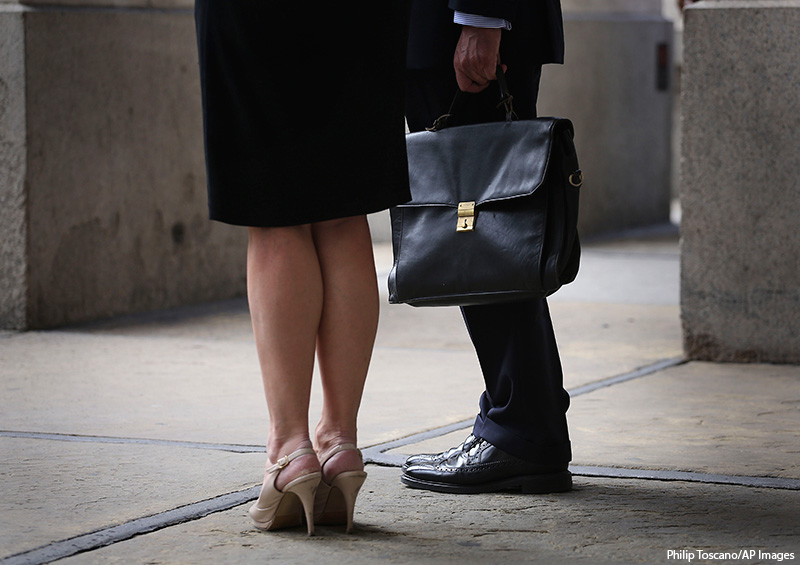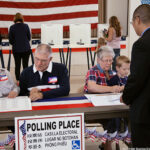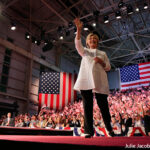- Current Events New Alabama Congressional District Selects Candidates
- Current Events Nebraska Rejects Winner-Take-All Proposal
- Citizenship Voting Under Age 18
- Citizenship Citizenship in Action
- Democratic Party Biden’s and Trump’s Recent Primary Results
- Elections Trump and Biden Win South Carolina and Michigan Primaries
A Look at Gender Gap Politics
There are many things that can divide us politically—race, ethnicity, religion, age, sexual orientation, geography, and socio-economic status are among the most common. But the gender gap—the difference in the percentage of women versus the percentage of men who vote for a particular candidate—is one of the divisions that gets a significant amount of attention every election cycle. This week, Election Central takes a look at it what the gender gap means, who it affects, and the measures taken to influence its advantage.
Women and the Vote
It has been less than a century since women won a long and tough fight for the right to vote. The struggle for this right lasted so long that many of the movement’s early supporters did not live long enough to see it happen. The 19th Amendment to the Constitution was ratified on August 26, 1920, just in time for women to vote in the 1920 election. Thirty states had allowed women to vote in the 1916 election, but voter turnout in 1920 increased the popular vote by nearly 50 percent. Early concerns of women voters were prohibition, child welfare and world peace.
Women, in general, tend to be more liberal in their political philosophies. Therefore, historically, Democrats have enjoyed a sizable lead over Republicans in winning the votes of women voters. The issues that tend to divide men and women are healthcare (including reproductive rights), gun control, national defense spending, the role (and size) of the federal government, and civil rights. Women also tend to be more “risk averse” when choosing a candidate.
Modern Elections
While there is some evidence to suggest that a shift in women’s voting patterns can be traced back as early as the 1960s, many political scientists point to the election of 1980 as the birth of the modern gender gap. This is believed to be due to a couple of significant factors. First, candidate Ronald Reagan was very vocal on two issues that, in general, tended to alienate women–an increase in defense spending and cuts in social programs such as welfare.
Also, the 1973 Supreme Court ruling Roe v. Wade led to the issue of reproductive rights becoming a high-profile issue in modern elections. Plus, for the first time, men’s and women’s economic roles were becoming more equal than ever before. Despite the fact that they now make up the majority of voters in the United States, many women believe that they are routinely treated as a “special interest group.”
The largest voting gender gap to-date was recorded in the 2000 election. Women favored Al Gore by 11 percentage points, while men preferred George W. Bush by 9 percent–for a resulting gap of nearly 20 percent. Among the current candidates, Donald Trump seems to have the biggest “woman problem.” (Although Trump has made considerable gains, reducing the “unfavorable” gap from 63 percent in April to 55 precent in recent polls.)
Bernie Sanders is currently in the lead among women, with 42 percent of women reporting a favorable view, 29 percent of women seeing him as unfavorable, and 28 percent of women currently undecided. If the general election is a match-up between Clinton and Trump, however, many believe it will could be the largest gender gap in history.



